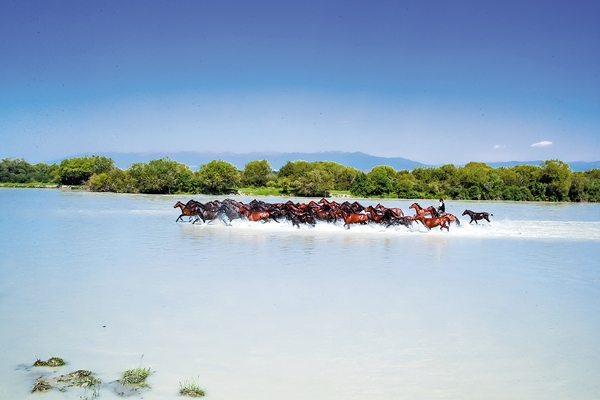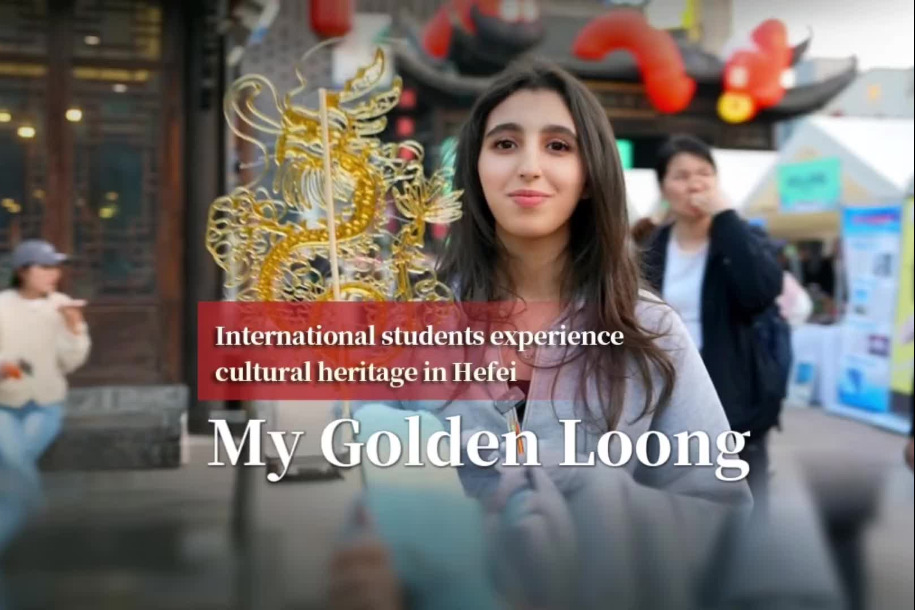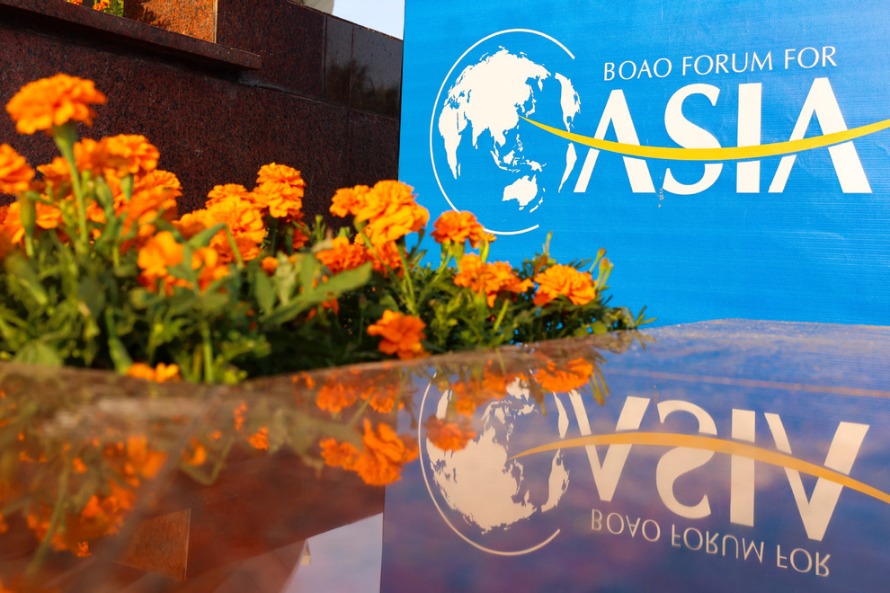'Heavenly horse' heritage helps improve herders' lives
By Alexis Hooi | China Daily | Updated: 2022-08-05 08:10

During the Western Han Dynasty (206 BC-AD 24), Emperor Wu sent his imperial emissary Zhang Qian to the western regions on an unprecedented mission to explore the far reaches of his empire and establish contact with foreign lands.
Zhang was also said to have been tasked with seeking out the "heavenly horses" of the Central Asian kingdoms, places famed for their mighty steeds that could strengthen the emperor's armies.
Zhang's trailblazing trip subsequently traced out a major trading and transportation link that evolved to become the historic Silk Road. The vast network of economic and cultural exchanges between the East and the West fuelled the development of oases, towns and cities along the trading route, improving the lives of diverse communities across the plains, deserts, valleys and highlands.
Northwest China's Xinjiang Uygur autonomous region remains an important part of the Silk Road legacy, with its growth and progress poised to play an increasingly integral role in the Belt and Road Initiative, building modern infrastructure, connections and other exchanges.
In the region's Zhaosu county of the Ili Kazak autonomous prefecture, the rich equine history and heritage continue to benefit ethnic residents on the ground.
Local herder Silamya Amanbai, 40, is a member of the Kazak ethnic group, known for its traditionally nomadic lifestyle "on the back of horses".
For the past two years, he has been showcasing the prowess of his steeds in an astounding equestrian performance in Zhaosu's wetland park. He drives his horses along the glistening waterways, which are fringed by lush vegetation, all surrounded by pristine prairies set against a backdrop of snowcapped mountains.
The peak travel season, from April to October, can attract about 2,000 daily tourists to the scenic spot, helping boost his income by up to 60,000 yuan ($8,890) a year, the herdsman says.
"The benefits are shared among our local community. Income is more stable and the work is easier compared to just herding. We can also promote the beauty of our area and our horses," the father of three says.
Zhaosu lies on the western edge of Xinjiang, within the verdant valleys of the Ili River. Its picture-perfect alpine meadows nestle amid the grand Tianshan mountain range. More than 20 ethnic groups, including the Han, Uygur, Kazak and Mongolian communities, altogether form a colorful cultural tapestry to complement the county's natural beauty that draws travelers from all over the region and beyond.
Local authorities are riding on pent-up, post-pandemic tourism demand and injecting renewed investment into the sector, banking considerably also on their Ili horses. I have had the pleasure of riding major horse breeds across the country and the Ili mounts ranked very high on my list-their speed, stamina and intelligence provide an exhilarating experience when traversing Ili's breathtaking grasslands, mountains and rivers.
At the Tianma tourism and cultural park, visitors can enjoy more of Zhaosu's equestrian attractions by viewing cultural shows put together by local residents. About 300 million yuan was invested to set up the park, which covers more than 3,500 hectares and receives about 20,000 visitors a year. The county's summer horse drive, which involves a grand spectacle of thousands of the steeds setting off from the park to gallop across Zhaosu's flower-filled steppe, has become a major calling card, topping viewing lists on social media nationwide. Park organizers are rolling out more offerings, ranging from equestrian competitions and rider experiences to industry seminars and summer camps.
It proves that herders like Silamya Amanbai, and the "heavenly horses", are still helping Xinjiang's ethnic communities, with their valuable traditions and customs, survive and thrive.
























